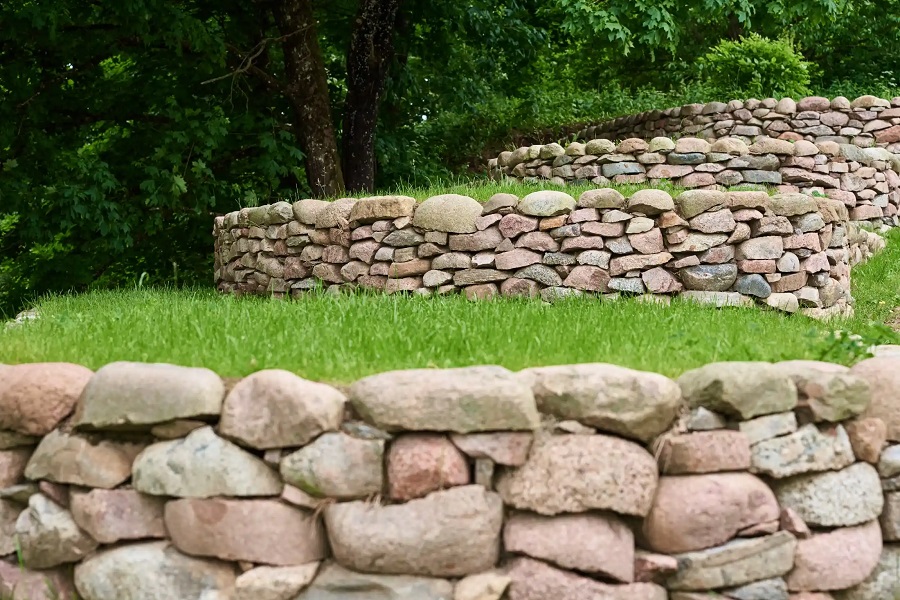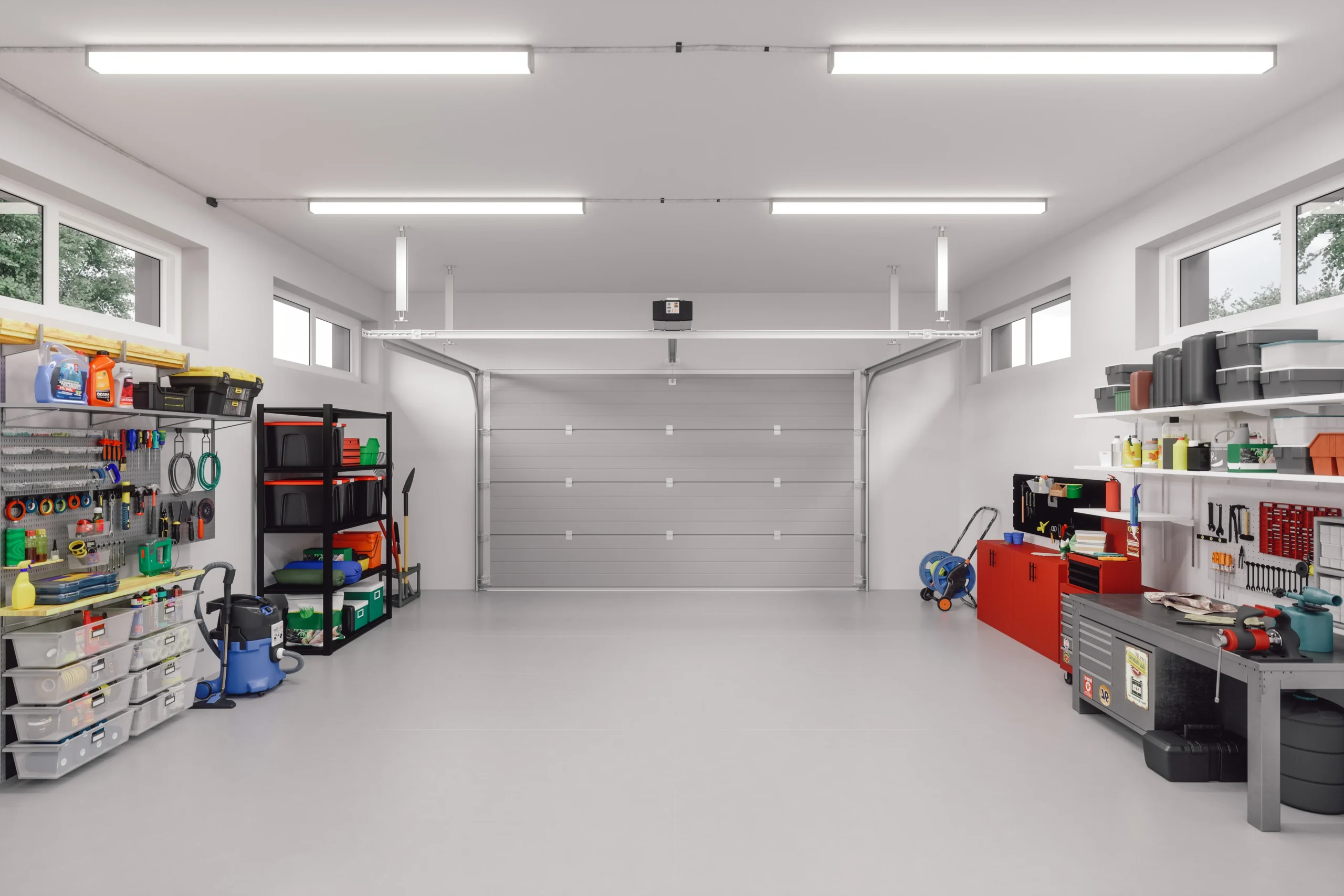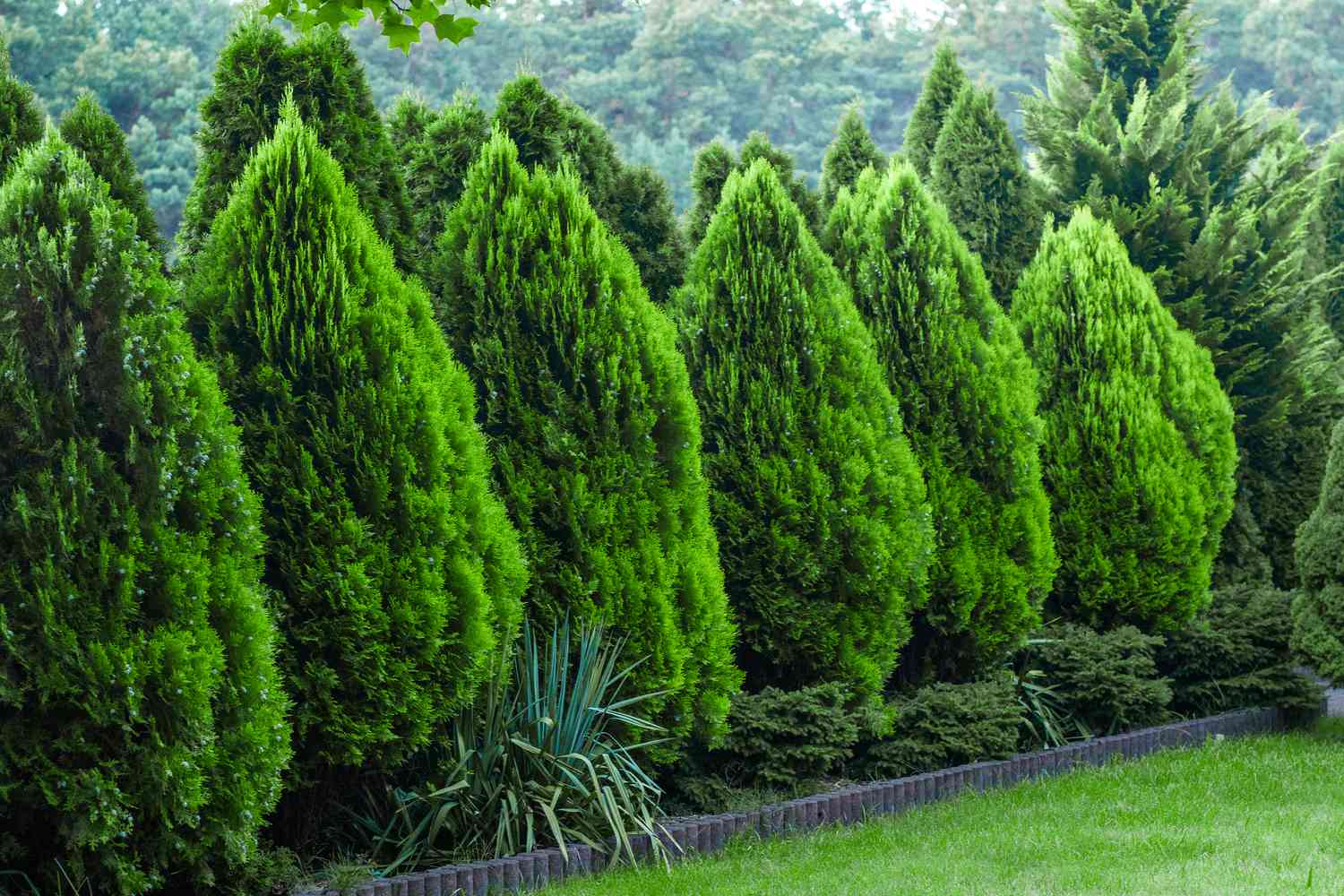
Retaining walls are often seen as purely functional structures. They hold back soil, prevent erosion, and create usable space on sloped land. But have you ever noticed how some retaining walls seem to blend seamlessly into their surroundings, while others look out of place? The secret often lies in the materials used. Choosing native rocks for retaining walls doesn’t just provide strength and durability—it also creates a natural, aesthetic appeal that connects the wall to the local landscape. Let’s discuss why using native rocks is such an attractive choice and how it can elevate both beauty and functionality in outdoor spaces.
Why Material Choice Matters
When building a retaining wall, most people first think about stability and longevity. After all, a wall that collapses under pressure defeats its purpose. But material choice impacts more than just strength. It affects how the wall looks, how it interacts with the environment, and even how much maintenance it will require over time.
Concrete blocks or imported stone may provide stability, but they often look artificial or disconnected from the natural setting. Native rocks, on the other hand, already belong to the region. They reflect local geology, colors, and textures, making the wall appear as though it grew out of the earth rather than being forced upon it.
Have you ever visited a place where the stone walls looked so natural that they blended into the hillsides? That’s the power of native rock—it tells a visual story of place and connection.
The Natural Beauty of Native Rocks
One of the main reasons native rocks have such strong aesthetic appeal is their authenticity. They are shaped, colored, and weathered by the very environment in which they are used. Unlike manufactured blocks that come in uniform sizes and shades, native stones offer unique variations in texture and color. These imperfections are what make them beautiful.
Imagine a wall built with smooth granite from the local area, speckled with natural minerals that sparkle in the sun. Or think of a limestone wall that carries soft, earthy tones reflecting the surrounding soil and landscape. Each rock has its own character, and when combined, they create a mosaic that feels alive.
The organic look of native rocks also helps soften the harshness that retaining walls sometimes create. Instead of appearing as a cold barrier, the wall becomes a natural extension of the environment.
Connection to Local Identity
Using native rock is not just about beauty; it’s also about creating a sense of place. Every region has stones that are characteristic of its landscape. In coastal areas, granite or sandstone might dominate. In mountainous regions, slate, basalt, or limestone may be common. By using these materials, your retaining wall becomes a reflection of local identity.
Think of historic towns where stone walls line the streets. The stones are often sourced from nearby quarries, and over time, they become part of the cultural landscape. Would those towns have the same charm if the walls were made of imported concrete blocks? Probably not. The local rock ties the built environment to its natural setting, creating harmony.
For homeowners, using native stone also provides a personal connection. It can feel satisfying to know that the rocks in your retaining wall were formed and weathered in the same environment you live in. Doesn’t that give the wall more meaning than something manufactured far away?
Blending with Vegetation
Another advantage of native rocks is how beautifully they pair with vegetation. Because the stones match the surrounding soil and climate, plants grow naturally around and between them. Moss may creep over damp stones, wildflowers may sprout from gaps, and vines may trail down the surface. This creates a wall that is not just a structure but a living feature of the landscape.
Have you noticed how some walls look stiff and man-made, while others feel alive and welcoming? Native rocks help create the latter. When paired with local plants, they form a cohesive ecosystem rather than a visual interruption.
Durability and Practical Benefits
While this discussion focuses on aesthetics, it’s worth noting that native rocks also offer practical benefits. Because they are naturally found in the local environment, they are well-suited to withstand regional weather conditions. They expand, contract, and resist erosion in ways that match the climate. This makes them durable and long-lasting.
Another benefit is availability. Native rocks usually require less transportation than imported materials, which reduces cost and environmental impact. In some cases, landowners even repurpose stones already present on their property, giving the wall a truly local origin story.
When you think about it, doesn’t it make sense to use what nature has already provided, especially when it looks beautiful and performs well?
Rainier Rockeries excels in delivering expert retaining wall construction in Renton, WA. Their team combines skill and local knowledge to ensure each wall is both beautiful and long-lasting.
Design Possibilities with Native Rocks
One of the most exciting aspects of using native rock is the design flexibility it offers. Unlike manufactured blocks that limit creativity, natural stones can be arranged in countless ways. Dry-stacked walls, where stones are carefully fitted without mortar, highlight the uniqueness of each rock. Mortared walls, on the other hand, create a more uniform and polished look while still retaining natural character.
You can create rustic walls that feel like they’ve stood for centuries or modern designs that use clean lines and carefully cut native stone. The choice depends on the overall look you want for your space.
What’s more, the variety of colors and textures within native rock allows for customization. Some walls may showcase darker, dramatic tones, while others highlight lighter, earthy hues. Mixing stone types can also add depth and visual interest.
A Sustainable Choice
In today’s world, sustainability plays a big role in design choices. Using native rocks is an environmentally friendly option because it reduces the carbon footprint of transportation and quarrying. Instead of importing stone from distant locations, you’re working with materials already present in the local environment.
This approach also helps preserve cultural landscapes. By maintaining consistency with traditional building practices, you contribute to a heritage that values local resources. Doesn’t it feel good to know that your retaining wall not only looks beautiful but also supports sustainable practices?
Enhancing Property Value
Beyond aesthetics and sustainability, using native rocks can enhance property value. Potential buyers often appreciate outdoor spaces that blend functionality with beauty. A retaining wall made from native stone stands out as both practical and artistic, creating curb appeal.
Imagine two houses side by side—one with a concrete block retaining wall and another with a carefully crafted native stone wall. Which do you think would make a stronger impression? The natural charm of local stone often wins.
Challenges of Working with Native Rock
Of course, using native rocks isn’t without challenges. Natural stones come in irregular shapes and sizes, which makes construction more labor-intensive. Skilled craftsmanship is required to fit them together securely. This can increase the cost of installation compared to standardized materials.
There’s also the issue of availability. While many areas have an abundance of local rock, some regions may have restrictions on quarrying or collecting. Working with professionals who understand local sourcing rules is important.
Despite these challenges, the payoff is worth it. The resulting wall has character, authenticity, and a timeless appeal that manufactured options can’t replicate.
Final Thoughts
Retaining walls are more than just functional structures—they’re part of the landscape. Choosing native rocks for these walls creates a harmony between built and natural environments. The colors, textures, and forms of local stone connect the wall to its surroundings, making it feel like it truly belongs.
So, when you think about building or renovating a retaining wall, ask yourself: do you want a wall that simply holds back soil, or one that tells a story of place and identity? Native rocks offer strength, durability, and above all, an aesthetic appeal that elevates any outdoor space. In the end, they don’t just build walls—they create beauty that lasts for generations.




